How to Build a Better Human
How to Build a Better Human
An Ethical Blueprint
Gregory E. Pence
ROWMAN & LITTLEFIELD PUBLISHERS, INC.
Lanham Boulder New York Toronto Plymouth, UK
Published by Rowman & Littlefield Publishers, Inc.
A wholly owned subsidiary of The Rowman & Littlefield Publishing Group, Inc.
4501 Forbes Boulevard, Suite 200, Lanham, Maryland 20706
www.rowman.com
10 Thornbury Road, Plymouth PL6 7PP, United Kingdom
Copyright 2012 by Rowman & Litlefield Publishers, Inc.
All rights reserved. No part of this book may be reproduced in any form or by any electronic or mechanical means, including information storage and retrieval systems, without written permission from the publisher, except by a reviewer who may quote passages in a review.
British Library Cataloguing in Publication Information Available
Library of Congress Cataloging-in-Publication Data
Pence, Gregory E.
How to build a better human : an ethical blueprint / Gregory E. Pence.
p. cm.
Includes bibliographical references and index.
ISBN 978-1-4422-1762-1 (cloth : alk. paper) -- ISBN 978-1-4422-1764-5 (electronic)
I. Title. [DNLM: 1. Biomedical Enhancement--ethics. 2. Bioethical Issues. 3. Genetic Counseling--ethics. W 82]
174.2--dc23
2012017542
 The paper used in this publication meets the minimum requirements of American National Standard for Information Sciences Permanence of Paper for Printed Library Materials, ANSI/NISO Z39.48-1992.
The paper used in this publication meets the minimum requirements of American National Standard for Information Sciences Permanence of Paper for Printed Library Materials, ANSI/NISO Z39.48-1992.
Printed in the United States of America
Acknowledgments
This book had a long genesis. I presented parts of it as talks at Yale University at a meeting of the World Transhumanist Association, at talks to the Neurobiology Department at Northwestern University, at Agnes Scott College in Atlanta, GA, in Lausanne, Switzerland, in the Distinguished Anniversary lecture at the Federal University of Minas Gerais in Brazil, as the Henry Smits Lecture at Truman State University in Kirksville, MO, and as a keynote speaker in 2008 for the Mississippi Philosophical Association. I gave the first version of this talk to the University Honors Program at UAB.
I thank the best man at my wedding, Alfred Garwood, whom I first met in graduate school nearly forty years ago and who is still a good friend, for many conversations and for his careful, sympathetic comments on this book. His thoughtful entering into this manuscript with his whole mind and heart powerfully changed it for the better. My mother, Louise Pence, read several versions of this book and always supported it, even if she did persistently keep asking when it was ever going to appear.
Writing is a lonely business. Through this business, the physician-writer Abraham Verghese has been a comforting, supportive voice, and I am in his debt in many ways.
In the summer of 2008, I had four able research assistants, all members of the Early Medical School Acceptance Program at UAB: Anand Bosmia, Christina Ho, Jennifer Ghandhi, and Khushboo Jhala. They tracked down articles and references, helped proofread and edit the book, and helped sustain me in the writing of it. As usual, my students gave me more than I gave them. Mrs. Minnie Randle, who was named employee-of-the-month at UAB that same summer of 2008, deserves that honor and more, in part for all her help in writing this book and with other projects.
Later in 2008, medical student Freedom Jackson was my able research assistant in a Special Topics course. Freedoms prior decade of experience in a famous Birmingham law firm proved especially valuable to me.
In the summer of 2010, EMSAP students Allen Young, Michelle Chang, and Rachael Rosales helped on this book, serving as my summer interns, and subjecting my own writing to their rigorous proofing for sense, grammar, and typos. In spring 2012, my EMSAP students Amanda Allredge and Brynna Paulukaitis proofed the manuscript, discovering numerous small errors and really improving the flow of the material. Never has a professor had better assistants, and I am grateful for their persistent efforts.
In 2011, Dennis Wattsretired from the Department of Medicine at UABand some of his family kindly read a version of this manuscript and offered great comments. I am in their debt. My retired colleague, G. Lynn Stephens, read my chapter on professional athletes and steroids and corrected several errors of fact. Professors Tollefsbol and Bamman helped too.
UAB prides itself on being an interdisciplinary research university where interactions occur. Sometimes this is propaganda, sometimes mere hope, but in my case, it has been a dream. No philosopher or bioethicist has profited more than I from hearing talks in other fields and by scientists far afield from philosophy. Even basic lectures in our medical school on seemingly unrelated topics later bore fruit in this book. You never know when a fact will touch a concept.
Preface
For folic acid, the B vitamin now added to cereals and wheats in North America, the breakthrough came around 1991. Until that year, scientists suspected, but could not prove, that women who took folic acid during pregnancy dramatically reduced neural tube defects in newborns. When the neural tube doesnt close properly, the result in fetal development can be such defects as spina bifida, an opening in the spine that causes lower paralysis, or anencephaly, a complete lack of higher parts of the brain,
Britain had long suffered a relatively high rate of such defects as well. As a result, its Medical Research Council started a randomized clinical trial in 1983 to see if women who had borne such a child could take folic acid to lessen their chances of having another. By 1991, researchers saw a 71 percent reduction of neural tube defects, and the Research Council began to encourage all pregnant women to take folic acid.
In 1998, Canada began adding folic acid to enriched pasta, white flour, and cereals; by 2002, it had halved its rate of neural tube defects..Eventually the United States did the same, but how and why folic acid came to be required in American cereals is a long story that Ill tell later.
Today, folic acid stands as a great success story of North American medicine. Its also a story of how humans can ethically enhance themselves by creating better babies from conception.
The cases that this book describes show that humans, if they are careful and rational, can enhance themselves, and do so ethically. That is, we can utilize genetics, biotechnology, and medicine in safe, ethical ways. For humans, enhancement is not the enemy of the ethical.
I define human enhancement broadly as any attempt to improve humans, whether in a particular life or for future humans, whether in utero or late in life through drugs, whether incrementally by adding vitamins to cereal or suddenly by giving everyone smart phones.
It may surprise fundamentalists that medicine has been quietly enhancing people for decades and has neither become Nazi-like, nor has it, for the most part, seriously harmed anyone. Its time that we ignore Alarmists and think about human enhancement in public, practical, serious ways.
What are those ways? Well, one of those ways concerns how we do ethics. We shouldnt lump all cases of enhancement together any more than we should lump all kinds of technology together. As Aristotle said, we need to treat different kinds of cases separately. If we dont, bad things happen.
We also need to transcend the two common frame stories of bioethics: bioconservative alarmism and uncritical enthusiasm. Neither does justice to the complexities of medicine nor to the real problems of enhancing humans.
Next page

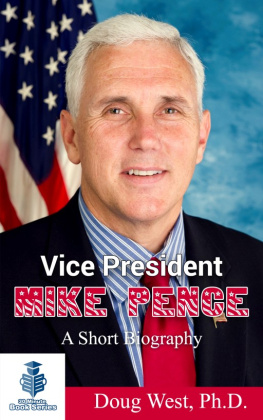
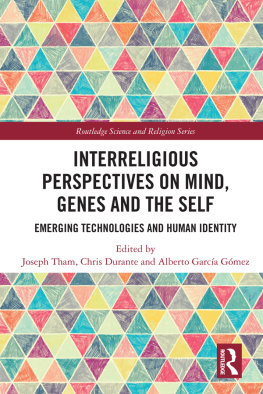
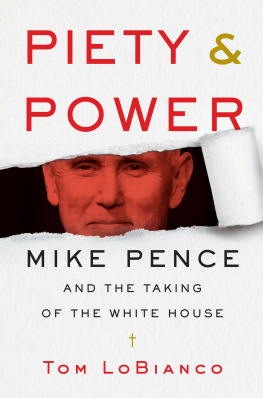

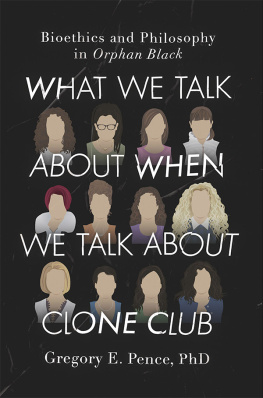
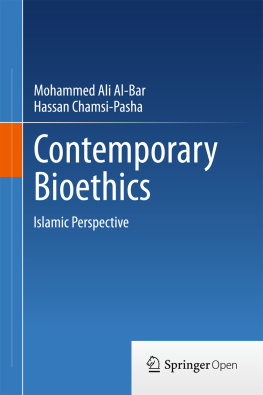
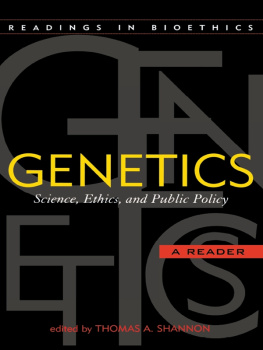
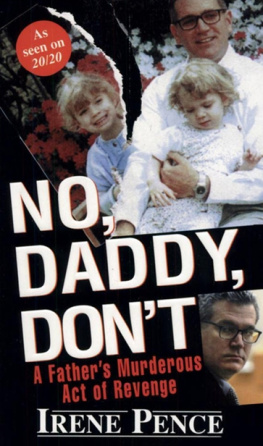
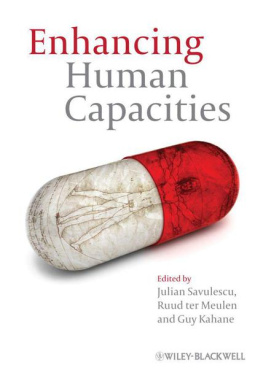
 The paper used in this publication meets the minimum requirements of American National Standard for Information Sciences Permanence of Paper for Printed Library Materials, ANSI/NISO Z39.48-1992.
The paper used in this publication meets the minimum requirements of American National Standard for Information Sciences Permanence of Paper for Printed Library Materials, ANSI/NISO Z39.48-1992.